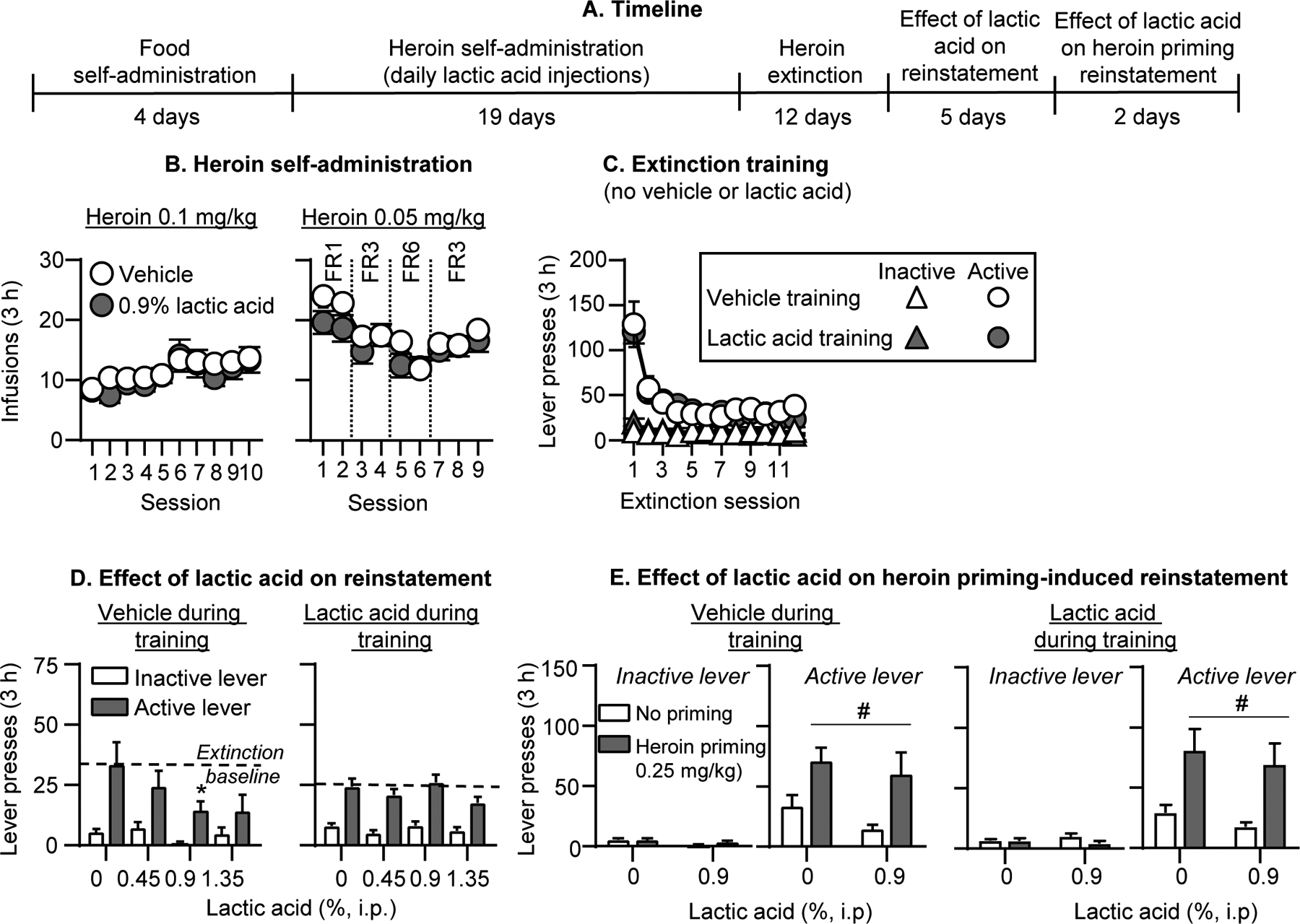Figure 2. Effect of i.p. lactic acid on reinstatement of heroin seeking.

(A) Experimental timeline of Experiment 2B. (B) Heroin self-administration: Number of heroin infusions (0.1 and 0.05 mg/kg/infusion) during the 3-h self-administration sessions (vehicle group, n=7; lactic acid group, n=13). (C) Extinction: Number of inactive and active lever presses during the 3-h extinction sessions (vehicle group, n=6; lactic acid group, n=13). (D) Effect of lactic acid on reinstatement: Number of inactive and active lever presses during the 3-h sessions after lactic acid injections (0, 0.45, 0.9, 1.35%, i.p.). Number of active lever presses over the last 3 extinction sessions is depicted as a baseline dotted line (vehicle group during training: n=6; lactic acid group during training, n=13) (E) Effect of lactic acid on heroin priming-induced reinstatement: Number of inactive and active lever presses during the 3-h sessions (left: vehicle training condition, right: lactic acid training condition). Rats received either no heroin priming (data re-graphed from 2D) or 0.25 mg/kg heroin injections (s.c.) and either 0% or 0.9% lactic acid (i.p.). (vehicle group during training: n=6 saline priming, n=6 heroin priming; within-subjects design; lactic acid group during training: n=6 saline priming, n=7 heroin priming; between-subjects design). * Different from 0% lactic acid, p<0.05. # Different from no heroin priming, p<0.05. Data are mean ±SEM.
